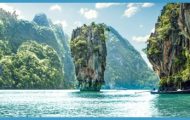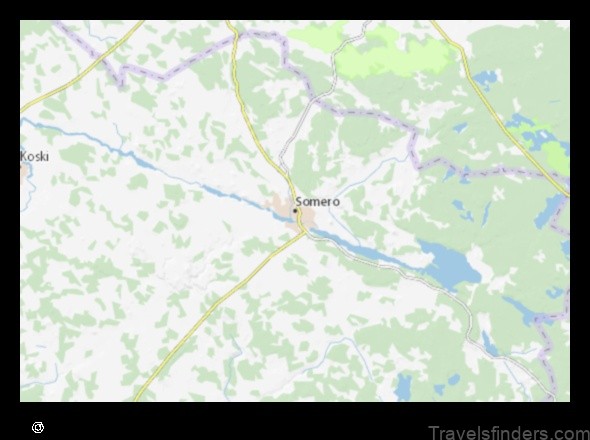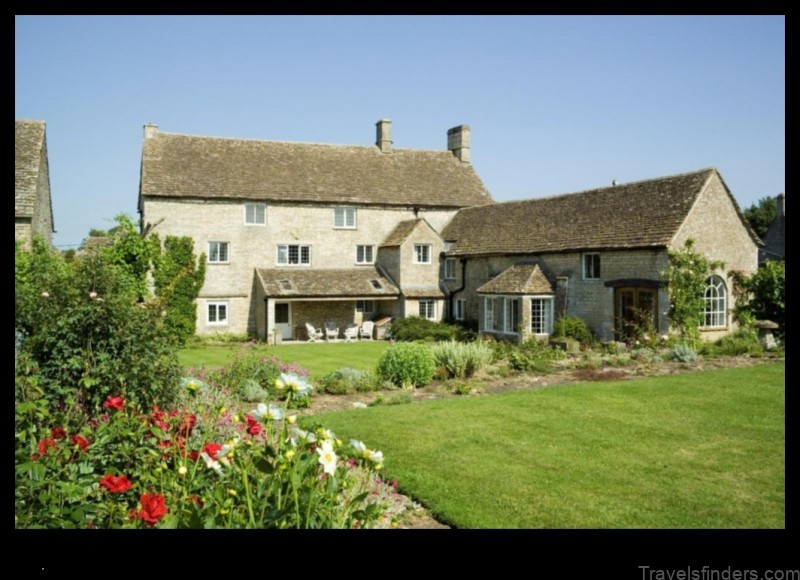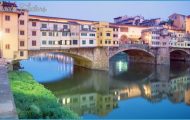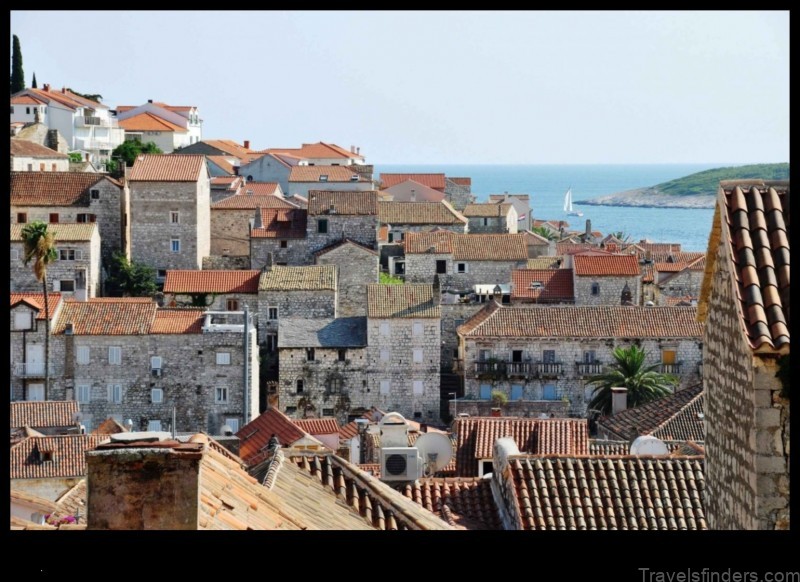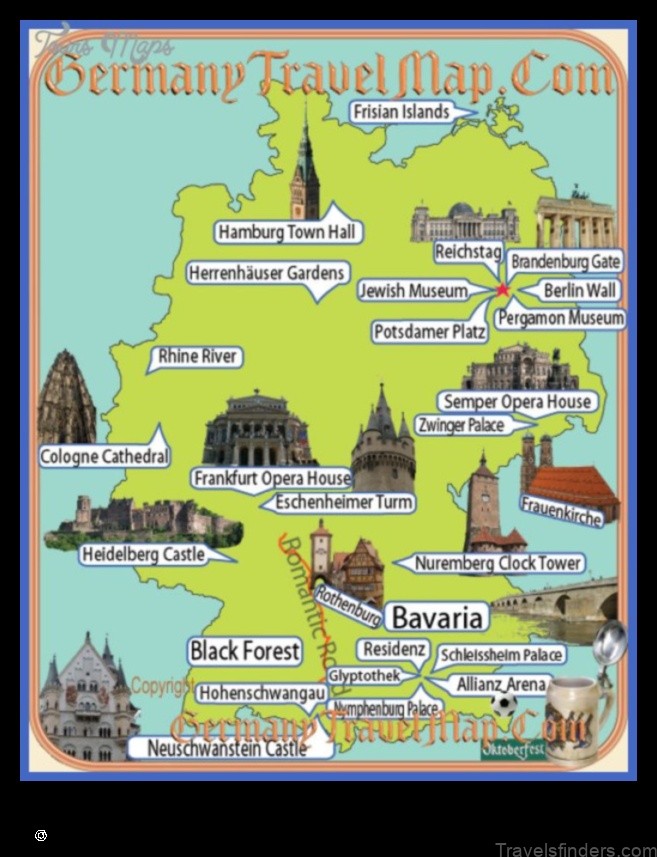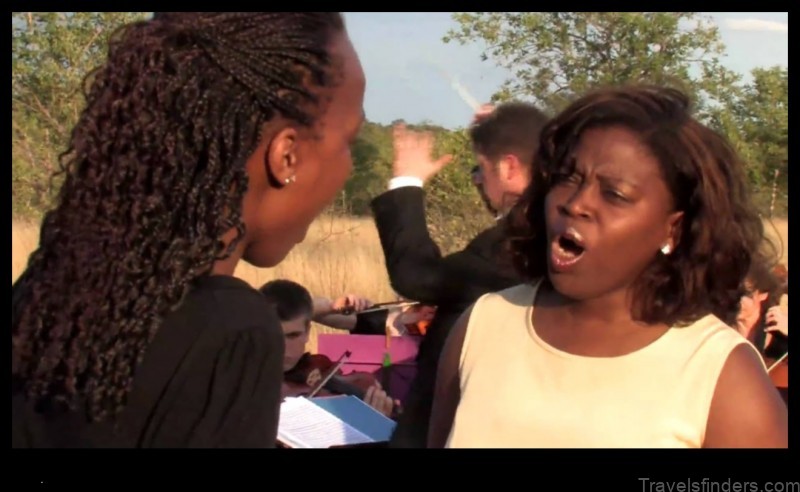
Map of Mozambique
Mozambique is a country located in southeastern Africa. It borders Tanzania to the north, Malawi to the northwest, Zambia to the west, Zimbabwe to the southwest, South Africa to the south, and Swaziland to the southeast. Mozambique has a coastline on the Indian Ocean to the east.
The capital of Mozambique is Maputo. The country has a population of over 29 million people. The official language of Mozambique is Portuguese.
Mozambique is a developing country with a GDP of $16.9 billion. The country’s economy is based on agriculture, mining, and tourism.
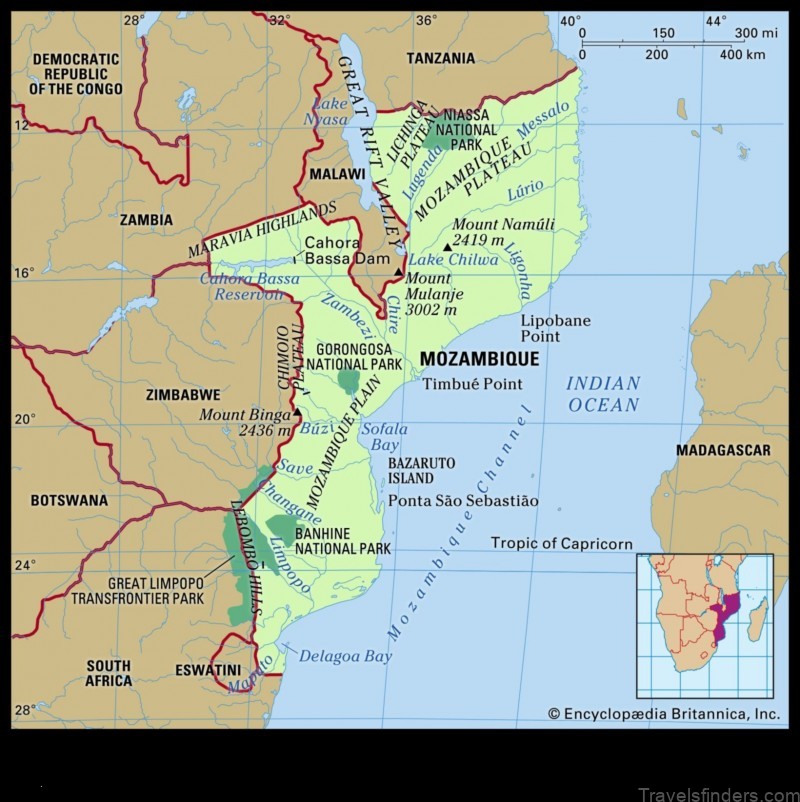
Geography of Mozambique
Mozambique is a large country with a total area of 801,590 square kilometers. The country is mostly flat, with mountains in the northwest and southeast. The highest point in Mozambique is Mount Binga, which is 2,438 meters high.
Mozambique has a tropical climate with hot, humid summers and warm, dry winters. The average temperature in Maputo is 25 degrees Celsius.
History of Mozambique
The first people to settle in Mozambique were the Bantu people. The Bantu people were followed by the Arabs, who established trading posts along the coast. In the 16th century, the Portuguese arrived in Mozambique and began to colonize the country.
Mozambique remained a Portuguese colony until 1975, when it gained independence. After independence, Mozambique experienced a civil war that lasted for over 15 years. The civil war ended in 1992.
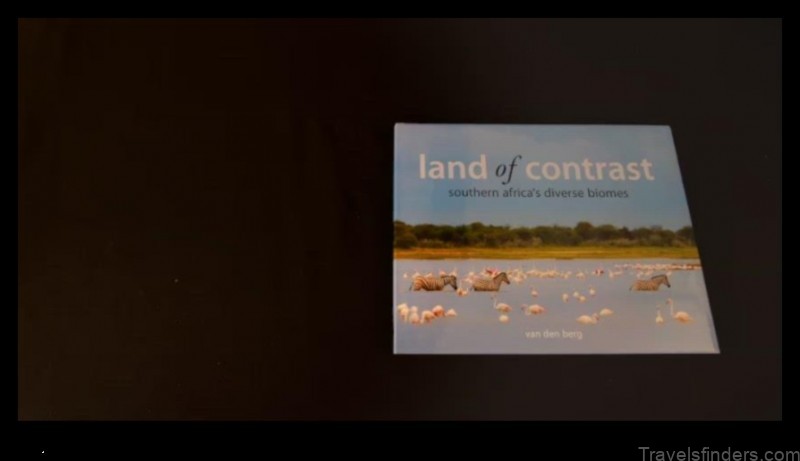
Culture of Mozambique
The culture of Mozambique is a blend of African, Portuguese, and Arab cultures. The most popular religion in Mozambique is Christianity, followed by Islam.
The traditional music of Mozambique is called marrabenta. Marrabenta is a type of dance music that is played with drums, guitars, and other percussion instruments.
Economy of Mozambique
The economy of Mozambique is based on agriculture, mining, and tourism. The main agricultural products in Mozambique are sugarcane, cotton, and corn. The main minerals in Mozambique are coal, iron ore, and gold.
Mozambique is a member of the Southern African Development Community (SADC).
Government of Mozambique
The government of Mozambique is a unitary presidential republic. The president is the head of state and government. The parliament is the legislative body.
Climate of Mozambique
Mozambique has a tropical climate with hot, humid summers and warm, dry winters. The average temperature in Maputo is 25 degrees Celsius.
Wildlife of Mozambique
Mozambique is home to a variety of wildlife, including lions, elephants, rhinoceroses, and zebras. The country has a number of national parks and reserves where wildlife can be seen.
Tourism in Mozambique
Mozambique is a popular tourist destination, with attractions such as its beaches, wildlife, and historical sites. The country has a number of hotels and resorts, as well as tour operators that can help visitors plan their trips.
FAQ
Q: What is the capital of Mozambique?
A: The capital of Mozambique is Maputo.
Q: What is the population of Mozambique?
A: The population of Mozambique is over 29 million people.
Q: What is the official language of Mozambique?
A: The official language of Mozambique is Portuguese.
Q: What is the GDP of Mozambique?
A: The GDP of Mozambique is $16.9 billion.
Q: What is the climate of Mozambique?
A: Mozambique has a tropical climate with hot, humid summers and warm, dry winters.
Q: What are the main industries in Mozambique?
| Topic | Answer |
|---|---|
| Map of Mozambique | [Image] |
| Geography of Mozambique | Mozambique is located in southeastern Africa. It borders South Africa to the south, Swaziland and Eswatini to the west, and Tanzania to the north. The country has a coastline on the Indian Ocean. |
| History of Mozambique | Mozambique was first settled by Bantu peoples in the 1st millennium BCE. The Portuguese arrived in the 16th century and ruled the country until 1975. Mozambique became independent in 1975, but was plagued by civil war until 1992. |
| Culture of Mozambique | The culture of Mozambique is a blend of African, Portuguese, and Indian influences. The country’s official language is Portuguese, but many people also speak indigenous languages such as Makhuwa and Tsonga. |
| Economy of Mozambique | Mozambique’s economy is based on agriculture, mining, and tourism. The country is one of the world’s largest producers of cashew nuts and cotton. |
II. Geography of Mozambique
Mozambique is located in southeastern Africa. It borders Tanzania to the north, Malawi to the northwest, Zambia to the west, Zimbabwe to the southwest, and South Africa to the south. The country has a coastline on the Indian Ocean to the east.
Mozambique has a diverse landscape, including mountains, plateaus, savannas, and forests. The country’s highest point is Mount Binga, which is located in the Chimanimani Mountains. The Zambezi River is the longest river in Mozambique.
Mozambique has a tropical climate. The average temperature in the coastal region is 25°C (77°F). The average temperature in the interior region is 20°C (68°F). The rainy season in Mozambique lasts from November to April.
Mozambique is home to a variety of wildlife, including elephants, lions, zebras, hippos, and crocodiles. The country is also home to a number of endangered species, such as the black rhinoceros and the African elephant.
II. Geography of Mozambique
Mozambique is located in southeastern Africa. It borders South Africa to the south, Swaziland and South Africa to the southwest, Zimbabwe to the west, Zambia to the northwest, Malawi to the north, and Tanzania to the northeast. Mozambique has a coastline of approximately 2,500 kilometers (1,550 miles) on the Indian Ocean.
The country is divided into 10 provinces: Cabo Delgado, Gaza, Inhambane, Manica, Maputo, Nampula, Niassa, Sofala, Tete, and Zambezia.
Mozambique has a diverse landscape, including mountains, plateaus, savannas, and forests. The country’s highest point is Mount Binga, which is located in the Chimanimani Mountains and has an elevation of 2,436 meters (8,000 feet).
Mozambique has a tropical climate, with warm temperatures and high humidity. The rainy season typically lasts from November to April, and the dry season lasts from May to October.
Mozambique is home to a variety of wildlife, including elephants, lions, zebras, hippopotamuses, and crocodiles. The country is also home to a number of endangered species, such as the black rhinoceros and the African elephant.
II. Geography of Mozambique
Mozambique is a country located in southeastern Africa. It is bordered by South Africa to the south, Swaziland to the southwest, Zimbabwe to the west, Zambia to the northwest, Tanzania to the north, and Malawi to the northeast. Mozambique has a coastline of over 2,500 kilometers (1,550 miles) on the Indian Ocean.
The country is divided into ten provinces: Cabo Delgado, Gaza, Inhambane, Manica, Maputo, Nampula, Niassa, Sofala, Tete, and Zambezia. The capital and largest city is Maputo.
Mozambique has a tropical climate with a wet season from November to April and a dry season from May to October. The average temperature in Maputo is 24 degrees Celsius (75 degrees Fahrenheit) in January and 18 degrees Celsius (64 degrees Fahrenheit) in July.
The country is home to a variety of wildlife, including lions, elephants, rhinoceroses, hippopotamuses, and crocodiles. Mozambique is also home to a number of national parks and reserves, including Gorongosa National Park and Zinave National Park.
Economy of Mozambique
The economy of Mozambique is a developing economy with a GDP of $16.4 billion in 2017. The country’s main economic sectors are agriculture, mining, and tourism.
Agriculture is the largest sector of the economy, accounting for about 25% of GDP and employing about 70% of the population. The main agricultural products are cotton, cashew nuts, sugar, and tobacco.
Mining is the second-largest sector of the economy, accounting for about 15% of GDP and employing about 10% of the population. The main mineral resources are coal, iron ore, and natural gas.
Tourism is the third-largest sector of the economy, accounting for about 10% of GDP and employing about 5% of the population. The main tourist attractions are the beaches, the wildlife, and the historical sites.
The main challenges facing the Mozambican economy are poverty, unemployment, and corruption. The government is working to address these challenges by improving infrastructure, promoting economic growth, and fighting corruption.
VI. Government of Mozambique
The government of Mozambique is a unitary state with a presidential system. The president is the head of state and government, and is elected for a five-year term. The legislature is the National Assembly, which has 250 members who are elected for five-year terms. The judiciary is independent of the executive and legislative branches.
The government of Mozambique is divided into three branches: the executive, the legislative, and the judiciary. The executive branch is headed by the president, who is assisted by a vice president and a cabinet of ministers. The legislative branch is the National Assembly, which is made up of 250 members who are elected for five-year terms. The judiciary is independent of the executive and legislative branches.
The government of Mozambique is responsible for providing essential services to the people, such as education, healthcare, and infrastructure. It also works to promote economic development and to protect the environment.
VII. Climate of Mozambique
Mozambique has a tropical climate with a warm, humid climate year-round. The average temperature ranges from 25°C to 30°C, with highs of 35°C and lows of 15°C. The rainy season lasts from November to April, with the heaviest rainfall occurring in January and February. The dry season lasts from May to October, with little rainfall.
The climate varies slightly from region to region. The coastal region has a more humid climate than the interior, and the southern region is slightly cooler than the northern region.
The climate can also vary significantly from year to year. In some years, the rainy season may be more or less severe than usual, and the dry season may be longer or shorter.
The climate of Mozambique can have a significant impact on the country’s economy. The rainy season can make it difficult to travel and transport goods, and the dry season can lead to droughts and food shortages.
The government of Mozambique is working to mitigate the effects of climate change on the country’s economy. The government is investing in infrastructure projects that will help to improve transportation and water management, and it is also working to promote sustainable development.
VIII. Wildlife of Mozambique
The wildlife of Mozambique is diverse and includes a wide variety of animals, including elephants, lions, zebras, hippos, crocodiles, and monkeys. The country is home to several national parks and reserves, which protect the wildlife and provide opportunities for tourism.
Mozambique’s wildlife is threatened by a number of factors, including poaching, habitat loss, and climate change. Poaching is a major problem in Mozambique, and it has led to the decline of several species, including elephants and rhinos. Habitat loss is also a problem, as the country’s forests are being cleared for agriculture and development. Climate change is also a threat to Mozambique’s wildlife, as it is causing the country’s climate to become warmer and drier.
The government of Mozambique is working to protect the country’s wildlife. The government has established a number of national parks and reserves, and it has also implemented a number of laws to protect wildlife. The government is also working to reduce poaching and habitat loss.
Despite the challenges, Mozambique’s wildlife remains a valuable resource for the country. The wildlife contributes to the country’s tourism industry, and it also provides food and other resources for the local population. The government of Mozambique is committed to protecting the country’s wildlife, and it is working to ensure that future generations can enjoy the beauty and diversity of Mozambique’s natural heritage.
IX. Tourism in Mozambique
Mozambique is a beautiful country with a rich history and culture. It is home to some of the most stunning beaches in the world, as well as a variety of wildlife and national parks. There are many different ways to experience Mozambique, from relaxing on the beach to exploring the country’s interior.
Here are some of the top tourist destinations in Mozambique:
- Maputo
- Tofo
- Gorongosa National Park
- Ilha de Moçambique
- Bazaruto Archipelago
Mozambique is a safe and welcoming country, and its people are friendly and гостеприимный. If you are looking for a beautiful and exciting destination for your next vacation, Mozambique is definitely worth considering.
X. FAQ
Q: What is the capital of Mozambique?
A: Maputo is the capital of Mozambique.
Q: What is the largest city in Mozambique?
A: Maputo is the largest city in Mozambique.
Q: What is the official language of Mozambique?
A: Portuguese is the official language of Mozambique.

